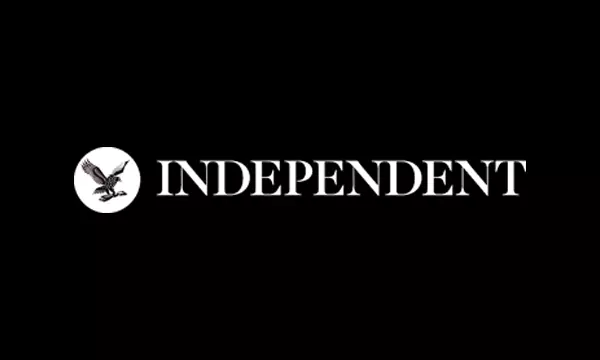
The release of the December mid-year economic and fiscal outlook (MYEFO) report is a comforting tradition for Canberra wonks and policy nerds. Supposedly a budget update to let citizens know about the evolving state of Commonwealth taxation and spending, it has become a ready-made media opportunity, allowing a struggling government some precious clear air.
This year’s report showered Treasurer Jim Chalmers in extra budget revenue, showing a federal budget in balance, largely due to cancelled infrastructure spending and a huge inflow of taxation revenue in recent months from wage earners.
Tax receipts have been revised up by a whopping $64 billion. A lot of that is simply a forecast out to 2027, of course, which could easily reverse if the economy gets into trouble. But there has also been a big inflow of cash to Treasury in recent months, with tax receipts up $16.4 billion in the six months since the budget — mostly in the form of higher personal income tax payments.
On the other hand, household consumption is weak. Somewhat burying the lede, the MYEFO report notes that “growth in household consumption has softened in recent quarters”, adding that “many households are facing acute budget pressures and spending has been weaker than expected to date”.
Chalmers is not spending the tax windfall, in part because he keeps pushing Labor’s talking points about “responsible economic management”. Labor’s fiscal policy is moving in line with the Reserve Bank’s monetary signals — subtracting income from households and socking it away in government coffers, even as higher interest rates bite.
That’s good politics for Labor on the surface: it can claim to be a cautious and prudent economic manager, spending wisely and cutting future debt repayments. But look closer at the MYEFO statement and you can see flashing red warning signs for a government already in poll trouble.
A lot of that extra tax is being paid by low- and middle-income earners. That’s because Labor abolished the Scott Morrison-era “low- and middle-income tax offset”, abbreviated to the clumsy acronym of “LMITO”.
A classic Morrison quick fix, the LMITO was a special tax concession worth $1,080 (eventually increased to $1,500) for eligible taxpayers. It was never a particularly elegant tax policy, and distorted marginal tax rates in a way that helped deliver larger tax returns for up to 10 million Australians. With the income threshold set at $120,000, it also stretched the definition of a “middle-income” earner well above the median.
That’s not to say the LMITO didn’t work. It did provide significant tax relief for middle-income earners, particularly in income brackets between $48,000 and $90,000. Jason Murphy called it a “clever” measure because it targeted tax relief to those middle brackets.
Labor’s decision to phase out the LMITO was fiscally conservative, obviously, but the political calculus was always fuzzy. Perhaps Chalmers hoped Opposition Leader Peter Dutton would back the decision (after all, phasing out the LMITO had been Coalition policy in government). Predictably, that didn’t happen. Shadow treasurer Angus Taylor and Dutton instead took the opportunity to attack Labor for getting rid of the tax break.
Now the decision to abolish the LMITO is starting to bite. For a taxpayer earning $50,000, the end of the LMITO equated to a nominal tax increase of 3% (although other offsets and concessions were still available). With the phase-out this year, taxpayers started noticing significantly smaller tax returns. Tax agents and accountants also reported that clients were surprised at their sudden tax bills.
The hard evidence of the LMITO abolition’s bite came in this month’s national accounts figure. The September GDP figures from the Australian Bureau of Statistics showed a huge ramp-up in income tax. According to the green visors at KPMG, “the latest national accounts show nominal income tax paid per capita increased by nearly 7% in the September quarter alone and was 20.5% higher than the same quarter in 2022”.
Some tax relief is coming next year. While Labor axed the LMITO, the Albanese government has notoriously committed to retaining the so-called stage three tax cuts that will deliver massive tax reductions to high-income earners, beginning on July 1 next year.
The design of the stage three tax cuts has been heavily criticised for its likely effects on inequality. Because the tax cuts represent a radical flattening of tax rates, the vast bulk of the value of the tax reduction will accrue to high-income earners. Once the abolition of the LMITO is factored in, those on middle incomes will be worse off — losing the offset but gaining only a small tax cut. The Conversation’s Peter Martin points out that a taxpayer earning $50,000 “will lose $1,500 in order to gain $125”.
You can see what’s going on here: upward redistribution. The abolition of the LMITO socks middle-income earners, but retaining the stage three tax cuts will richly reward the top end.
This shouldn’t surprise us. This is what happens when a Labor government adopts tax policies from the government of Malcolm Turnbull, first announced by a treasurer named Scott Morrison.







